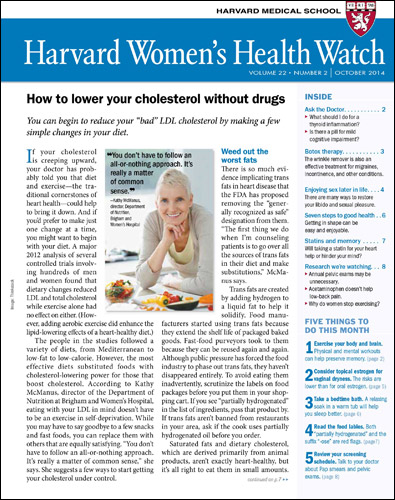Got children? How to get out the door on time

Despite valiant planning efforts and repeated requests, your children are half-dressed. They made the house look like a category F5 tornado came through, and are nowhere near ready to go when you need to get out the door. You can feel your temperature rising as the clock ticks toward late again. If this sounds familiar, below are some helpful tools. Consider building these strategies into your routine to help you get out the door on time with fully-dressed children in tow.
Practicing dry runs of the strategies below with younger children can help prepare you for when you need to leave the house on time in the future.
Make a checklist
If your child has difficulty remembering each step of a morning routine and tends to get distracted easily, a visual list may help. Have your child check off each task completed. Children often like checking off boxes on a whiteboard, for example.
Specific steps might include getting out of bed, making the bed, getting dressed, putting dirty clothes in the hamper, brushing teeth, eating breakfast, and so on.
Set time benchmarks
It can be helpful for children to have time benchmarks by when a task should be completed. Consider the time you need to leave and the time it usually takes to accomplish each task. For example, a child should get out of bed by 7:00 a.m., make the bed by 7:05 a.m., and manage all other morning tasks in time to get out the door by 7:45 a.m.
If your child does not know how to tell time yet, you could use sand timers. Your child will know that time is up when all the sand has settled to the bottom of the timer. Once a task has been completed, you can re-enter the room where the child is and start another sand timer.
Praise each completed step
Providing specific positive attention to your child after each completed step is one way to encourage that behavior to continue. If you say, “Great job,” your child will not know whether it was “great” to get out of bed, make the bed, get dressed, or another behavior. Instead, you could say, “Way to go getting dressed by 7:10 a.m.!”
Praise can be even more effective if one praises enthusiastically and with physical touch, such as a pat on the back or a high five. If a child has sensory processing difficulties, such as being uncomfortable with physical contact, then you can use a nonverbal gesture, such as a thumbs-up, instead. You may find it helpful to set alarm reminders on your phone to cue you to praise children at each step.
Try a reward chart
A reward chart can provide a reinforcement boost to routine behaviors. For example, your child could earn a sticker or a star for each step completed on time. The stars can be used for rewards that your child has identified as motivating. Rewards do not have to cost money. For example, one reward may be your child choosing the meal for dinner.
- If a child earns a star for the behavior, then your praise would include, “Way to go getting dressed by 7:10 a.m. (high five)! You get a star (add star to reward chart)!”
- If the child did not complete the behavior on time, you could say in a neutral tone, “You did not get dressed by 7:10 a.m., so you do not get a star. I know you can try again tomorrow.”
- If a behavior does not seem to be within reach after some practice, try breaking it into steps. For example, your child puts on a shirt by 7:10 a.m. (praised behavior), and you help the child put on the remaining clothing items.
Stay calm
It is important to remain calm even though you may be stressed about being late and frustrated with your child. Any attention, even frustrated tones, will strengthen a behavior. Your goal is to give attention to the completed versus the incomplete tasks. You also want to remind your child that there is another chance to complete a behavior in the future. Your attention is like gold: cheering on behaviors you want to see brings that desired jackpot of attention within reach for the child. Practice makes progress. You’ve got this!
About the Author

Jacqueline Sperling, PhD, Contributor
Disclaimer:
As a service to our readers, Harvard Health Publishing provides access to our library of archived content. Please note the date of last review or update on all articles.
No content on this site, regardless of date, should ever be used as a substitute for direct medical advice from your doctor or other qualified clinician.













